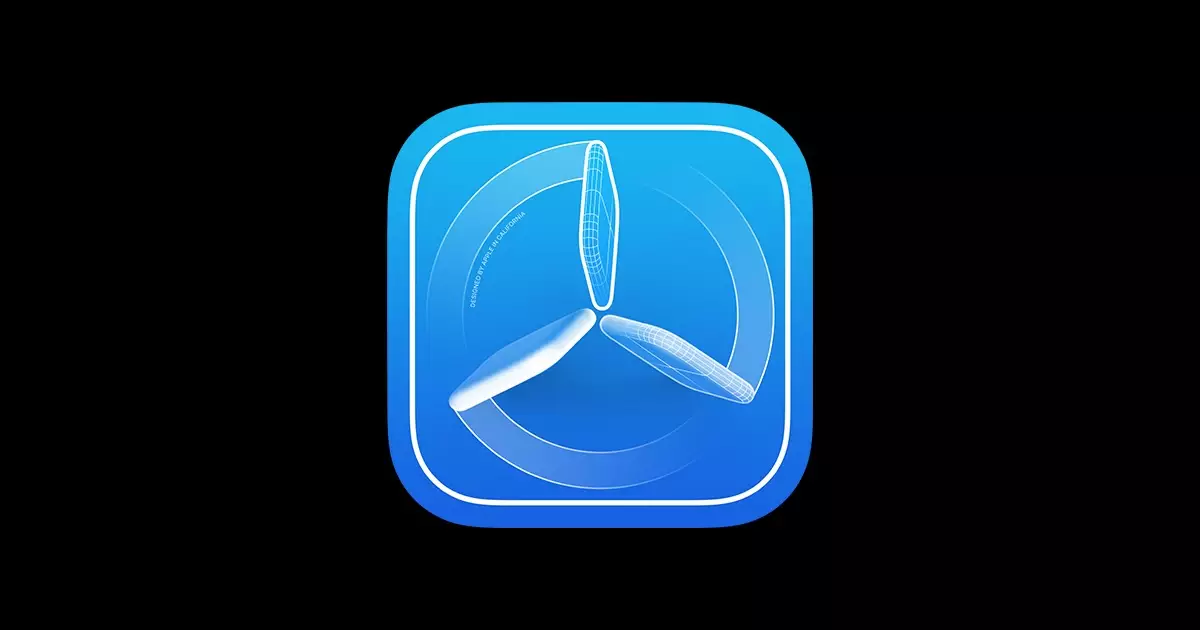Apple has consistently been at the forefront of innovation in the technology sphere, and their recent updates to TestFlight, their beta testing platform for developers, signify another leap in this direction. The rollout coincides with the iOS 18 updates, highlighting a concerted effort to provide developers with useful tools that not only enhance their productivity but also streamline the overall beta testing experience.
One of the most impactful changes in the updated TestFlight is the newfound degree of control that developers now wield. They can more precisely dictate who can join their beta testing pools, which allows for a targeted approach to user feedback. By setting specific criteria—such as device type or operating system version—developers can attract testers who represent their intended audience. This strategic maneuver also aids in conserving the limited slots available for beta testing, which currently allows for a maximum of 10,000 participants. Such granularity was sorely needed, especially in an era where diverse devices and OS versions proliferate.
Moreover, the incorporation of detailed metrics concerning the beta invitation process is groundbreaking. Developers can now track how many testers viewed their invitations and how many of those decided to participate or opted out. These insights equip developers with knowledge that was previously costly and time-consuming to elicit. Understanding the motivations behind testing opt-outs is vital; it allows them to refine not just their app experience but also their outreach strategies.
On the flip side, the beta testing experience has also been significantly improved for testers. The revamped invitations are much more informative, showcasing new features and content associated with the app or game. This not only piques the interest of potential testers but also helps them make informed decisions about their participation. The excitement surrounding new features can substantially enhance user engagement, prompting more beta testers to participate, thereby increasing the quantity and quality of feedback.
In tandem with the enhancements in invitation presentation, Apple is leveraging aesthetic similarities to the standard App Store interface. By allowing beta builds, approved for public release, to include screenshots and app categories, Apple is effectively breaking down barriers between beta testing and app purchasing. This design approach not only makes the testing phase feel more integrated with the overall App Store experience but also represents a strategic move to counteract alternative testing marketplaces that have emerged recently.
Rethinking Beta Testing Paradigms
The new features in TestFlight raise pertinent questions regarding the future of app testing ecosystems. As developers have more granularity in managing their beta testers, the alternative marketplaces that allow users to test apps outside of the official App Store may face significant challenges. The direct engagement and precise insights provided by TestFlight may reduce the appeal of third-party testing platforms, which might not necessarily offer the same level of insight into user demographics or app engagement statistics.
Apple’s updates to TestFlight signal a transformative shift in the app beta testing landscape. By centering enhancements on both developer control and user engagement, Apple is reshaping how developers and testers interact throughout the app development lifecycle. These thoughtful updates have the potential to not only increase app quality but also redefine user expectations concerning beta testing. Apple continues to bolster its reputation as an innovator in both development tools and user experience, ensuring that it remains a leader in the tech industry.


Leave a Reply